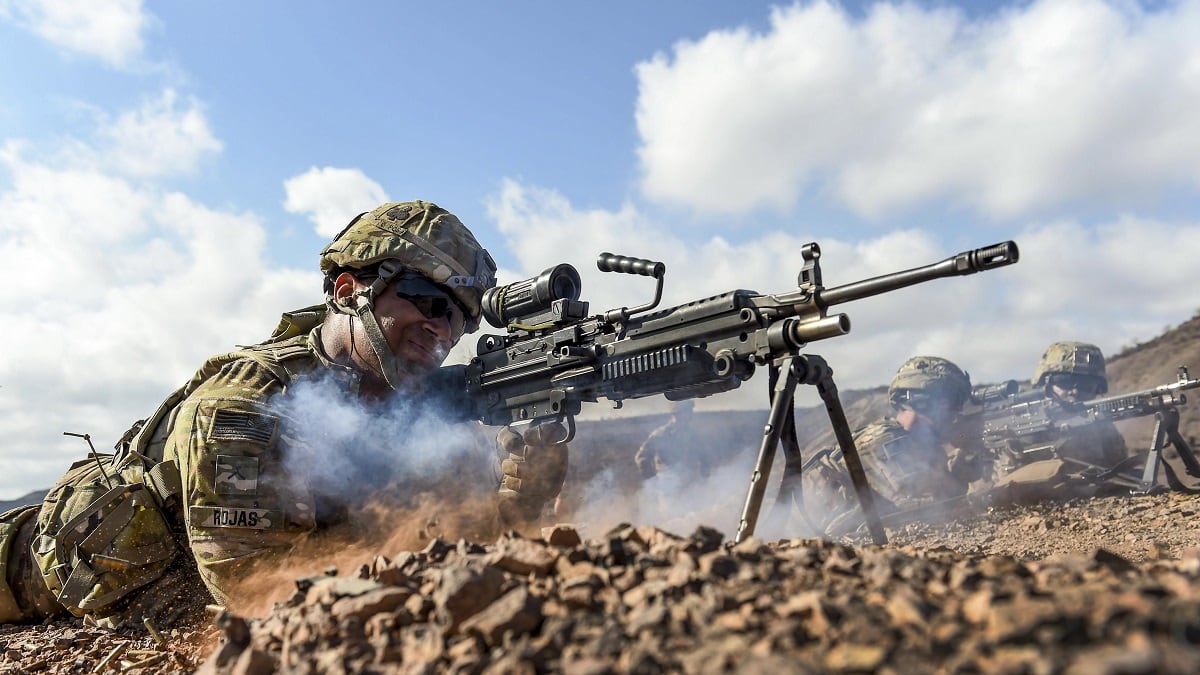The long-awaited replacement to the standard M16/M4 service weapon and the squad level light machine gun are expected to be on the firing line in summer 2019.
The Next Generation Squad Weapon program has seen rapid changes and a flow of top-tier support that may bring an end to close combat reliance on a weapon that’s been in service for more than half a century.
After much public guessing on what caliber the new weapon might fall into, the Army selected 6.8mm as the caliber for both its M16/M4 and Squad Automatic Weapon replacement with a prototype notice posted in October.
RELATED

The weapon will go to close combat Army, Marine and special operations forces — primarily the “close combat 100,000,” which is mostly infantry, cavalry scouts, reconnaissance and some combat engineers.
Prior to the selection, officials asked industry to give their best bets on a round that would meet ramped up distance, accuracy and lethality on impact somewhere between 5.56mm and 7.62mm, the current standard rounds.
Before that notice posted, the Army selected five companies to provide six prototypes for the automatic weapon portion to test fire in June.
Those companies are:
- AAI Corporation Textron Systems
- FN America LLC
- General Dynamics-OTS Inc.
- PCP Tactical, LLC.
- Sig Sauer Inc.
Each will submit one prototype for the Next Generation Squad Automatic Rifle, except for FN, which has been allowed to submit two variants.
Until the caliber selection notice, the goal was to first develop the NGSAR and then allow its advancements to inform the development of the M4 replacement, the NGSW-Rifle.
But, Brig. Gen. Anthony Potts, who heads Program Executive Office-Soldier, said the new approach will be to develop both with the same round.
Key to the weapon system will be its new fire controls. Those will incorporate a Heads Up Display that uses a Rapid Targeting Acquisition Technology.
The technology allows troops to fire their weapons around corners from concealment and, paired with an advanced binocular night vision, to see through smoke, fog and dust as they fire.
Also, the display will allow for units to see where friendly forces are, like a mini-Blue Force Tracker, and mark waypoints and other items to communicate visually on the move. The soldier or Marine will have an “augmented reality” vision of the battlefield in the display, a layer of combat-relevant data much like what helicopter pilots see in their helmet while in flight.
Todd South has written about crime, courts, government and the military for multiple publications since 2004 and was named a 2014 Pulitzer finalist for a co-written project on witness intimidation. Todd is a Marine veteran of the Iraq War.



